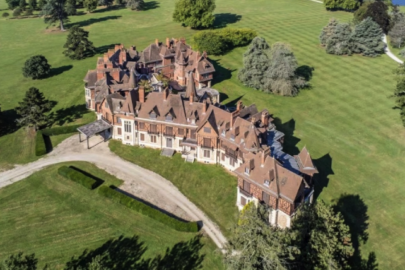An old heirloom looks likely to make a lucky family a fortune when it goes to auction. They found one of the Lewis Chess pieces that belong to one of the most famous chess sets in all of history. The Lewis Chessmen are one of Scotland’s most prized historical treasures. The discovery of the medieval chess piece means that we almost have a complete set of these extraordinary Norse chessmen.
Stored in a Drawer
The find was made in Edinburgh and in a family home. According to the BBC “the Edinburgh family’s grandfather, an antique dealer, had bought the chess piece for £5 in 1964.” It appears that he bought the chess piece without fully realizing its significance, even though the grandfather had catalogued the item. According to the Daily Mail, “it can be assumed that he was unaware he had purchased an important historic artifact .” The family who owns the item want to remain anonymous.
The chess piece is made out of walrus ivory and was passed down as an heirloom. The family has a lot of antiques and they have kept the piece for over 50 years. It was kept in a drawer in a bag which helped to preserve it. According to the Daily Mail, one member “of the family thought it had magical qualities.”
The Edinburgh family became curious about the chess piece in recent years and decided to get it appraised. They took it to one of the world’s leading Auction Houses, Sotheby’s of London. The BBC quotes Sotheby’s expert Alexander Kader, who stated that his “jaw dropped” when he realized what he was appraising.
The Lewis Chessmen
The family had in their possession one of the lost Lewis Chessmen. The piece is rather weather-beaten and slightly damaged, but it seems to represent a warrior. It is known as a warder, a man with helmet, shield, and sword and it is the equivalent of a rook on a modern chess board.
The Lewis Chessmen are a group of chess pieces that were found on the Isle of Lewis, in the bleak Outer Hebrides in the North Atlantic, in 1831. They were uncovered when a storm swept aside some sands on Uig Bay and was found by sheer chance. They are made from walrus ivory and whale teeth. Some counters from another game and an ivory buckle were also uncovered with the pieces.
more at ancient-origins.net





































